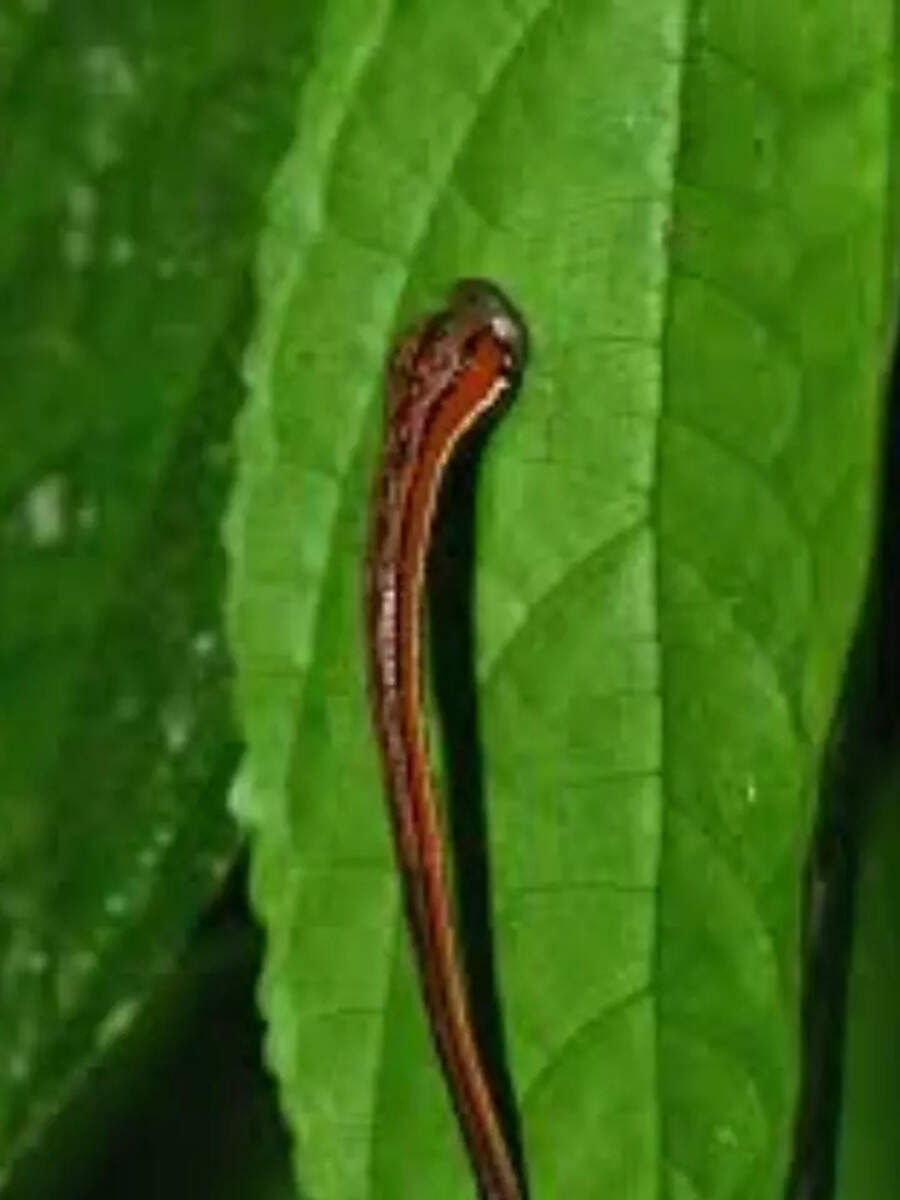What Are the 8 Animals with Blood That Isn't Red?

Published: 2025-09-13 09:30:00 | Category: Uncategorized
While most animals possess red blood due to the presence of haemoglobin, several fascinating creatures have evolved alternative blood colours and compositions. This article explores a variety of animals with non-red blood, highlighting their unique adaptations to thrive in diverse habitats.
Last updated: 26 October 2023 (BST)
Key Takeaways
- Horseshoe crabs exhibit blue blood due to haemocyanin, a copper-based molecule.
- Green-blooded skinks from New Guinea accumulate biliverdin, giving their blood a vivid green hue.
- Peanut worms have purple blood from the pigment hemerythrin.
- Sea cucumbers possess yellowish blood because of vanabin, a vanadium-based pigment.
- Crocodile icefish lack haemoglobin, resulting in nearly colourless blood that absorbs oxygen from water.
- Octopuses use haemocyanin, similar to horseshoe crabs, to transport oxygen in their blue blood.
Understanding Blood Colour Variations
The colour of blood in animals is primarily determined by the type of respiratory pigment it contains. Most vertebrates, including humans, have red blood due to haemoglobin, which contains iron. However, various invertebrates and some fish have adapted to their environments by utilising different pigments to transport oxygen. These adaptations can be crucial for survival in extreme or specific habitats.
Horseshoe Crabs: The Blue-Blooded Creatures
Horseshoe crabs, found in shallow coastal waters, are known for their blue blood. This unique colour arises from the presence of haemocyanin, a copper-based oxygen-carrying molecule. When oxygen binds to haemocyanin, it forms a blue compound. This adaptation is particularly effective in cold, low-oxygen environments, allowing horseshoe crabs to thrive where other organisms might struggle.
Green-Blooded Skinks: A Unique Pigmentation
The Prasinohaema skinks, native to New Guinea, are remarkable for their bright green blood. This unusual hue comes from the accumulation of biliverdin, a green bile pigment. In these skinks, biliverdin builds up in such quantities that it masks the red colour typically produced by haemoglobin. This adaptation may offer some advantages, such as protection against parasites and predators, although the exact benefits remain a subject of research.
Peanut Worms: Purples of the Sea
Peanut worms, belonging to the Sipunculidae family, possess purple blood due to the pigment hemerythrin. This molecule is responsible for transporting oxygen and, when oxygenated, gives the blood a violet-pink or purple hue. Interestingly, deoxygenated hemerythrin is nearly colourless, which adds a layer of complexity to the blood's appearance. These worms inhabit marine environments, where their unique blood composition helps them adapt to varying oxygen levels.
Sea Cucumbers: Yellow-Blooded Wonders
Sea cucumbers are fascinating organisms that exhibit yellowish blood, attributed to a pigment called vanabin, which contains vanadium. Unlike other pigments that effectively transport oxygen, vanabin does not significantly contribute to oxygen binding. Instead, its presence is responsible for the unique yellow coloration of their blood, showcasing how evolutionary paths can diverge in unexpected ways.
Crocodile Icefish: Masters of Cold Waters
The Antarctic crocodile icefish is unique in that it almost entirely lacks haemoglobin, resulting in blood that is nearly colourless. Instead of relying on haemoglobin to transport oxygen, these fish have adapted to absorb oxygen directly from the water into their plasma. This adaptation allows them to thrive in the cold, oxygen-rich waters of the Antarctic, where traditional blood oxygenation methods would be less effective.
Octopuses: The Blue-Blooded Molluscs
Octopuses are another group of animals that utilise haemocyanin instead of haemoglobin. Their blue blood functions similarly to that of horseshoe crabs, efficiently transporting oxygen in cold, low-oxygen aquatic environments. This adaptation is vital for their survival, as octopuses are often found in deeper waters where oxygen levels can fluctuate significantly.
Sea Worms and Chlorocruorin
Certain marine worms, particularly polychaetes, utilise chlorocruorin, an iron-based pigment similar to haemoglobin. This pigment gives their blood a greenish colour when diluted. The presence of chlorocruorin in the blood allows these worms to survive in various aquatic environments, adapting their oxygen transport mechanisms to suit their habitat.
The Evolution of Blood: A Survival Strategy
The diversity in blood colour among these animals reflects millions of years of evolution and adaptation. Each species has developed unique mechanisms to optimise oxygen transport based on their specific environmental conditions. Understanding these adaptations not only highlights the complexity of life on Earth but also underscores the importance of biodiversity in maintaining healthy ecosystems.
Why Non-Red Blood Matters
The study of animals with non-red blood provides valuable insights into evolutionary biology and ecological resilience. These unique adaptations can inform us about the evolutionary pressures faced by different species, particularly in extreme environments. Moreover, understanding these mechanisms can lead to advancements in various fields, including medicine and biotechnology, as researchers explore the potential applications of these unique blood properties.
What Happens Next? Future Research Directions
As scientific research continues to uncover the complexities of animal physiology, further studies will likely focus on the exact benefits and mechanisms behind these unique blood compositions. Investigating how these adaptations influence survival, reproduction, and ecological interactions will contribute to a greater understanding of evolutionary processes. Additionally, exploring how climate change and habitat alteration might affect these species will be crucial for conservation efforts.
In conclusion, the exploration of animals with non-red blood unveils a fascinating aspect of evolutionary biology. These creatures exemplify the remarkable adaptations that allow life to thrive in diverse environments. As we delve deeper into the mechanisms behind these adaptations, we may uncover further insights into the resilience of life on Earth. What other surprises does nature hold in terms of adaptation and survival? #AnimalAdaptations #EvolutionaryBiology #Biodiversity
FAQs
What is the reason for the different blood colours in animals?
The colour of blood in animals is determined by the type of respiratory pigment present. Different pigments, like haemoglobin, haemocyanin, and hemerythrin, have distinct properties that allow for oxygen transport in various environments.
How do horseshoe crabs use their blue blood?
Horseshoe crabs use haemocyanin, a copper-based molecule, to transport oxygen. Their blue blood is effective in cold, low-oxygen habitats, allowing them to thrive where other species may struggle.
What is biliverdin and its role in green-blooded skinks?
Biliverdin is a green bile pigment that accumulates in the blood of green-blooded skinks, masking the red colour from haemoglobin. This adaptation may provide advantages such as protection from parasites.
Why do sea cucumbers have yellow blood?
Sea cucumbers have yellowish blood due to vanabin, a vanadium-based pigment. Unlike other respiratory pigments, vanabin does not play a significant role in oxygen transport.
How do octopuses survive with blue blood?
Octopuses possess haemocyanin in their blue blood, allowing them to effectively transport oxygen in cold aquatic environments, similar to the adaptation seen in horseshoe crabs.


